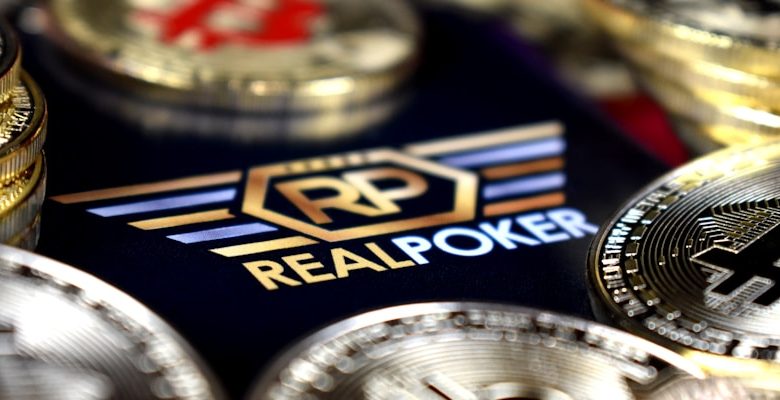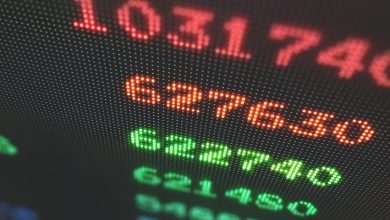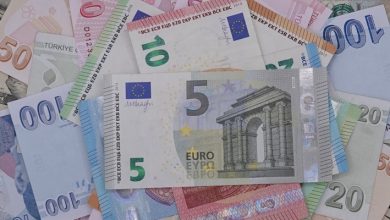How Tokenization is Transforming Real-World Assets

- Understanding the concept of tokenization in real-world assets
- The benefits of tokenizing real-world assets
- Exploring the potential impact of tokenization on traditional asset ownership
- Challenges and opportunities in the tokenization of real-world assets
- Regulatory considerations for tokenizing real-world assets
- Case studies of successful tokenization projects in real estate, art, and other industries
Understanding the concept of tokenization in real-world assets
Tokenization in real-world assets refers to the process of converting physical assets into digital tokens that can be traded on a blockchain. This innovative approach enables fractional ownership of traditionally illiquid assets such as real estate, art, and commodities. By breaking down these assets into smaller units, tokenization opens up investment opportunities to a broader range of investors who may not have had access otherwise.
Tokenization offers several advantages over traditional asset ownership. For one, it allows for increased liquidity as tokens can be easily bought and sold on secondary markets. Additionally, it reduces the barriers to entry for investors, as they can now participate in asset classes that were previously out of reach due to high capital requirements.
Furthermore, tokenization enhances transparency and security in asset transactions. Each token is recorded on a blockchain, providing an immutable record of ownership and transaction history. This eliminates the need for intermediaries and reduces the risk of fraud or errors in the asset transfer process.
Overall, tokenization has the potential to revolutionize the way we think about investing in real-world assets. By digitizing these assets and making them more accessible to a wider audience, tokenization is democratizing investment opportunities and paving the way for a more inclusive financial system.
The benefits of tokenizing real-world assets
Tokenizing real-world assets offers a wide range of benefits that can revolutionize the way we invest and manage assets. By converting physical assets into digital tokens, investors gain access to fractional ownership, enabling them to diversify their portfolios with smaller investments. This increased liquidity allows for easier buying and selling of assets, reducing the barriers to entry for investors.
Furthermore, tokenization eliminates the need for intermediaries, such as brokers or lawyers, streamlining the investment process and reducing associated costs. Smart contracts, powered by blockchain technology, automate the execution of agreements, ensuring transparency and security for all parties involved. This level of automation also reduces the risk of fraud and human error, providing a more efficient and reliable investment experience.
Tokenization also opens up new opportunities for asset owners to unlock the value of illiquid assets. By digitizing real estate, art, or other traditionally hard-to-sell assets, owners can reach a global pool of investors and increase the potential for capital appreciation. This democratization of investment opportunities can lead to a more inclusive financial system, where a wider range of individuals can participate in asset ownership.
Exploring the potential impact of tokenization on traditional asset ownership
Tokenization has the potential to revolutionize traditional asset ownership by digitizing real-world assets and representing ownership through blockchain tokens. This transformation could lead to increased liquidity, fractional ownership, and 24/7 trading of assets that were previously illiquid and difficult to divide. By tokenizing assets such as real estate, art, or commodities, individuals can access investment opportunities that were once reserved for institutional investors or high-net-worth individuals.
Challenges and opportunities in the tokenization of real-world assets
Tokenization of real-world assets presents both challenges and opportunities for investors and asset owners alike. One of the main challenges is the regulatory landscape, which can vary significantly from country to country. Navigating these regulations can be complex and time-consuming, requiring expertise and resources.
On the other hand, tokenization offers opportunities for increased liquidity and accessibility to a wider range of investors. By breaking down assets into tokens, fractional ownership becomes possible, allowing smaller investors to participate in markets that were previously out of reach.
Another challenge is the lack of standardization in tokenization processes. Different platforms may have varying protocols and standards, making it difficult for investors to compare and evaluate opportunities. This lack of uniformity can lead to confusion and inefficiencies in the market.
Despite these challenges, the potential benefits of tokenization are vast. By digitizing real-world assets, transactions can be conducted more efficiently and securely. Smart contracts can automate processes, reducing the need for intermediaries and streamlining operations.
Overall, the tokenization of real-world assets is a rapidly evolving field with both hurdles and rewards. As the technology continues to mature and regulations catch up, the future looks promising for investors looking to diversify their portfolios and for asset owners seeking new avenues for capitalizing on their holdings.
Regulatory considerations for tokenizing real-world assets
When considering the tokenization of real-world assets, it is crucial to take into account the regulatory landscape governing this innovative technology. Compliance with existing laws and regulations is essential to ensure the legitimacy and security of tokenized assets.
One key regulatory consideration is the need to adhere to securities laws when tokenizing assets. Securities regulations vary by jurisdiction, so it is important to understand the specific requirements in the relevant legal framework. Failure to comply with these laws can result in severe penalties, including fines and legal action.
Additionally, anti-money laundering (AML) and know your customer (KYC) regulations must be taken into account when tokenizing real-world assets. These regulations are designed to prevent money laundering and terrorist financing, and ensure that individuals transacting in tokenized assets are properly identified. Implementing robust AML and KYC procedures is essential to mitigate risks associated with illicit activities.
Data protection and privacy regulations also play a significant role in the tokenization of real-world assets. Safeguarding sensitive information related to asset ownership and transactions is crucial to protect the rights and privacy of individuals involved in tokenized asset transactions. Compliance with data protection regulations helps to build trust and credibility in the tokenization ecosystem.
Overall, navigating the regulatory landscape when tokenizing real-world assets requires a thorough understanding of securities, AML, KYC, and data protection regulations. By prioritizing compliance with these regulations, issuers and investors can participate in tokenization with confidence, knowing that their assets are protected and secure.
Case studies of successful tokenization projects in real estate, art, and other industries
Tokenization has revolutionized the way real-world assets such as real estate and art are bought, sold, and traded. Several successful tokenization projects have demonstrated the potential of this technology across various industries.
One notable example of tokenization in real estate is the St. Regis Resort in Aspen, Colorado. Through tokenization, investors were able to purchase fractional ownership of the luxury resort, making it more accessible to a wider range of investors. This project showcased how tokenization can democratize access to high-value assets.
In the art world, the “Everydays: The First 5000 Days” digital artwork by Beeple made headlines when it was sold as a non-fungible token (NFT) for $69 million. This marked a significant milestone in the tokenization of art, demonstrating how blockchain technology can be used to authenticate and trade digital art in a secure and transparent manner.
Tokenization has also been successfully applied in other industries, such as venture capital and commodities trading. Platforms like Securitize and Polymath have facilitated the tokenization of venture capital funds, allowing investors to trade shares more easily and providing greater liquidity to traditionally illiquid assets.
Overall, these case studies highlight the transformative potential of tokenization in unlocking value, increasing liquidity, and democratizing access to a wide range of real-world assets across different industries. As the technology continues to evolve, we can expect to see even more innovative use cases and successful tokenization projects in the future.



